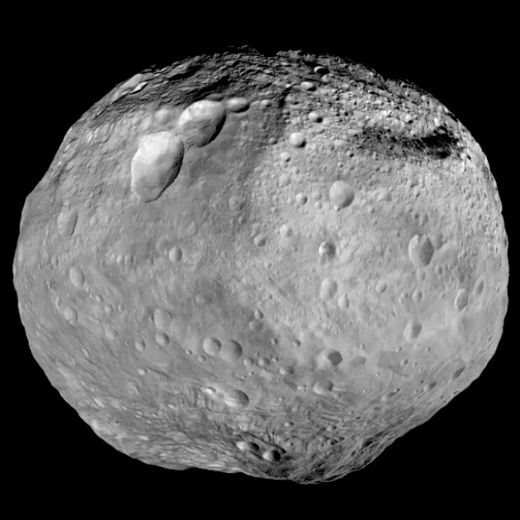| Online: | |
| Visits: | |
| Stories: |

| Story Views | |
| Now: | |
| Last Hour: | |
| Last 24 Hours: | |
| Total: | |
Large Asteroids to Flyby Earth in January Through March. Should We Worry?
Follow TIS on Twitter: @Truth_is_Scary & Like TIS of Facebook- facebook.com/TruthisScary
Dianne Depra/Tech Times

Massive rocks hurtling in space at speeds of thousands of miles per hour? They definitely sound dangerous, but they’re only really threatening if they hit you.
Asteroids are headed in Earth’s direction and with most of them about as wide as a double-decker bus, a collision would most likely result in significant damage. However, while experts warn against the potential dangers of these asteroids, they also say that it is unlikely that these will veer off course and hit the planet.
According to NASA’s Near Earth Object Program, there will be 43 asteroids flying close to Earth in January and 25 in February. In March, the number further drops to 15. The biggest threat for January is the asteroid 2007 EJ slated to closely approach the planet on Jan. 12. With a maximum diameter of nearly 1 mile, the asteroid is traveling at around 34,500 miles per hour.
The next-biggest asteroid threat for the first month of the year is the 1991 VE. It features a diameter of 0.87 miles and is expected to skim past the planet on Jan. 17. On Jan. 15 and 23, 0.68-mile wide asteroids will be flying by, the 2014 UF206 and the 2062 Aten, respectively.
At 0.75 miles wide, the 2003 YK118 will follow in Feb. 27. On the same day, the biggest asteroid threat for the quarter, the 1.4-mile wide 2000 EE14 can be expected. For March, the biggest an asteroid will get will be the 2002 GM2, which measures 0.68 miles in diameter. It’s scheduled to come close to Earth on March 3.
The 2000 EE14 will also not only be the biggest for the quarter but it will also be flying by the closest, coming in up to nearly 17 million miles within the proximity of the Earth’s center.
Alarmed that about a million undetected asteroids are flying around in space right now, scientists launched Asteroid Day to raise awareness and prevent the disaster that happened 65 million years ago from happening as much as possible.
Source: http://truthisscary.com/2015/01/large-steroids-to-flyby-earth-in-january-through-march-should-we-worry/





So there are 60 or so we know about and a couple of million we don’t? Thanks for the logistics!
Thanks for the logistics!